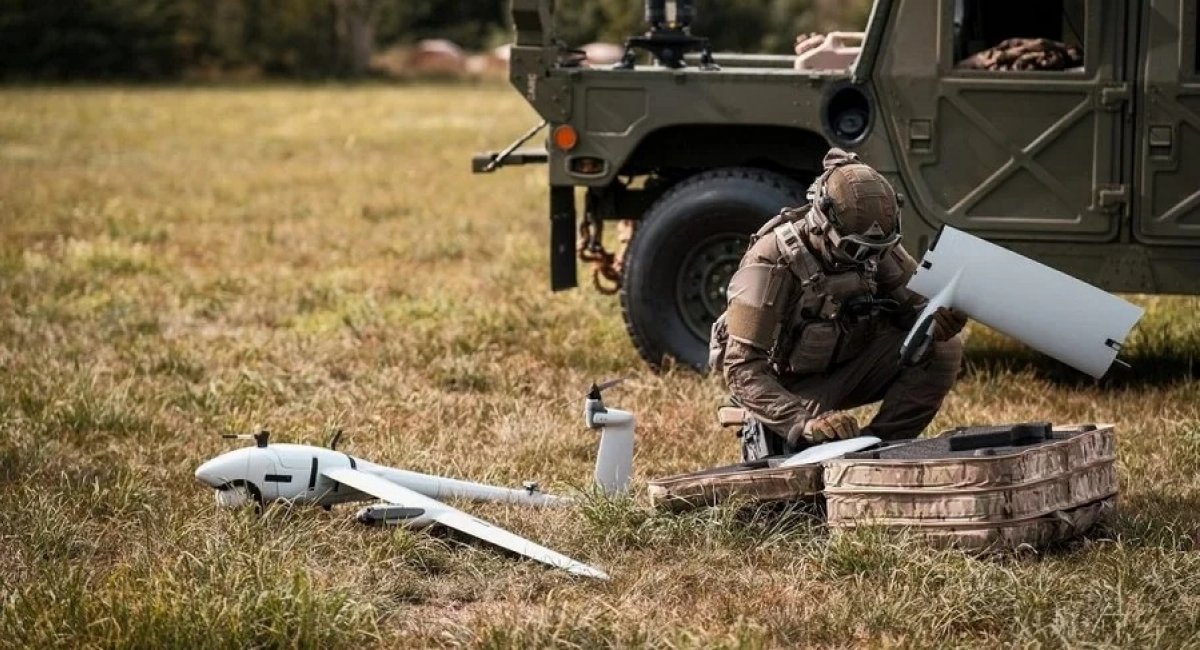The battle for air superiority is no longer just about seeing — it’s also about hearing. In 2025, Germany plans to launch combat drones equipped with acoustic sensors that can detect the origin of enemy artillery fire, Army Inform reports.
According to Hartpunkt, German company Quantum-Systems, in collaboration with Polish firm Weles Acoustics, is integrating advanced acoustic detectors into reconnaissance UAVs. These sensors capture sound waves from artillery and mortar fire, allowing for rapid identification of enemy firing positions.
Weighing under 50 grams, the sensors operate in the 20 Hz to 10 kHz range and can detect shots from up to 15 km away. Directional accuracy reaches 5° at a 5 km distance. Integration with neural networks enables the system to automatically identify weapon types, distinguishing, for example, a howitzer from a mortar.
In the initial phase, the operator receives a signal and visually confirms the target. In the future, machine vision algorithms will handle targeting automatically.
The technology is designed to:
- Reduce the time needed to locate enemy batteries
- Improve counter-battery effectiveness
- Minimize losses among Ukraine’s defense forces
Defense Express notes that a major challenge is filtering out noise from drone rotors and wind. Still, field test results have been convincing, and serial production is planned for late 2025.
Earlier, experts reported that Russia likely used a new jet-powered attack drone, the Geran-3, in a recent missile and drone strike on Kyiv. This model marks a significant upgrade over the slower Shahed-136 (Geran-2), boasting reported speeds of 550–600 km/h and a range of up to 2,500 km, compared to the Shahed-136’s 185 km/h.
Residents of Kyiv reported hearing a distinct whistling sound during the strike, consistent with a jet-powered drone and unlike the quieter propeller-driven models previously used.




